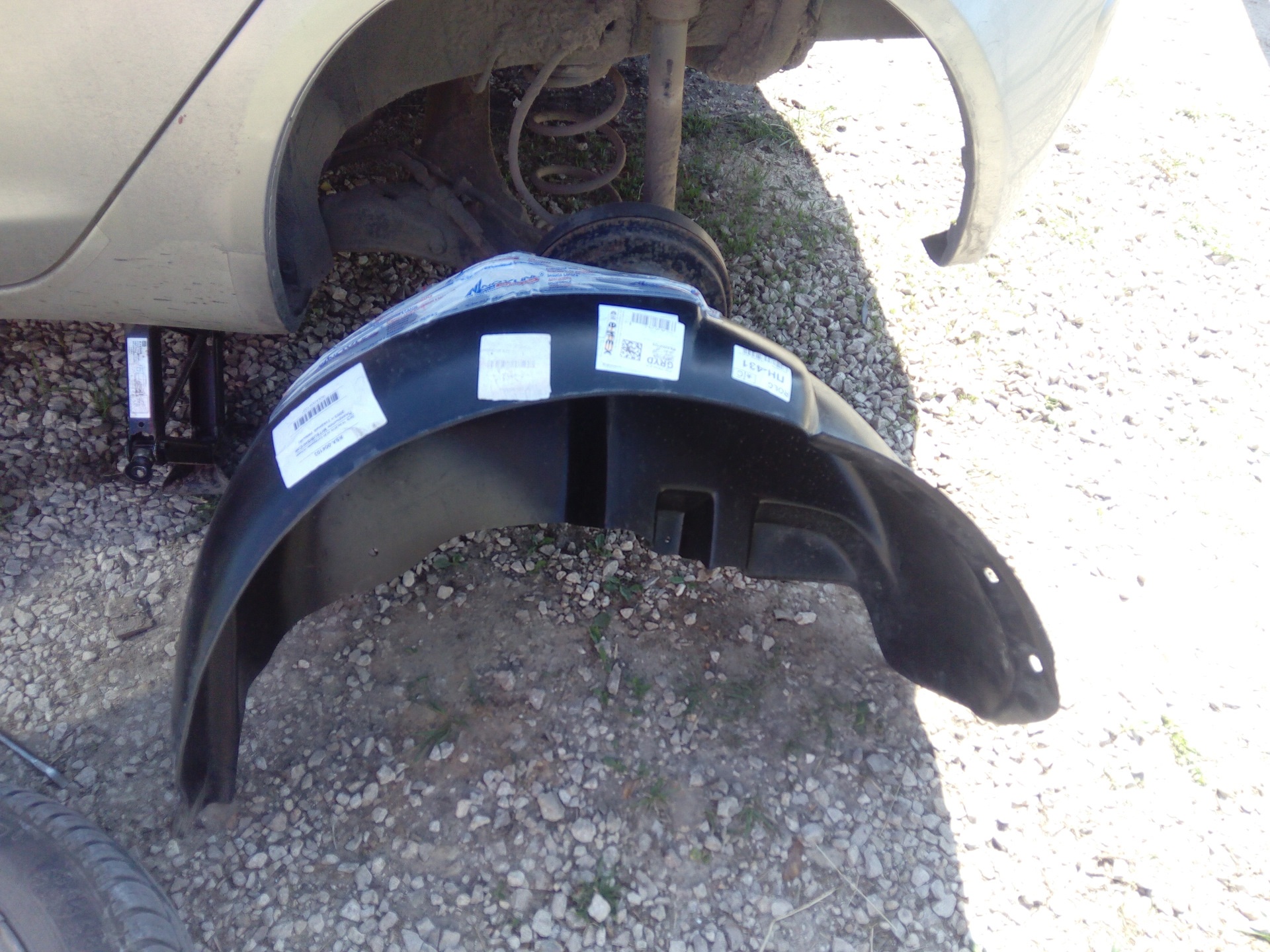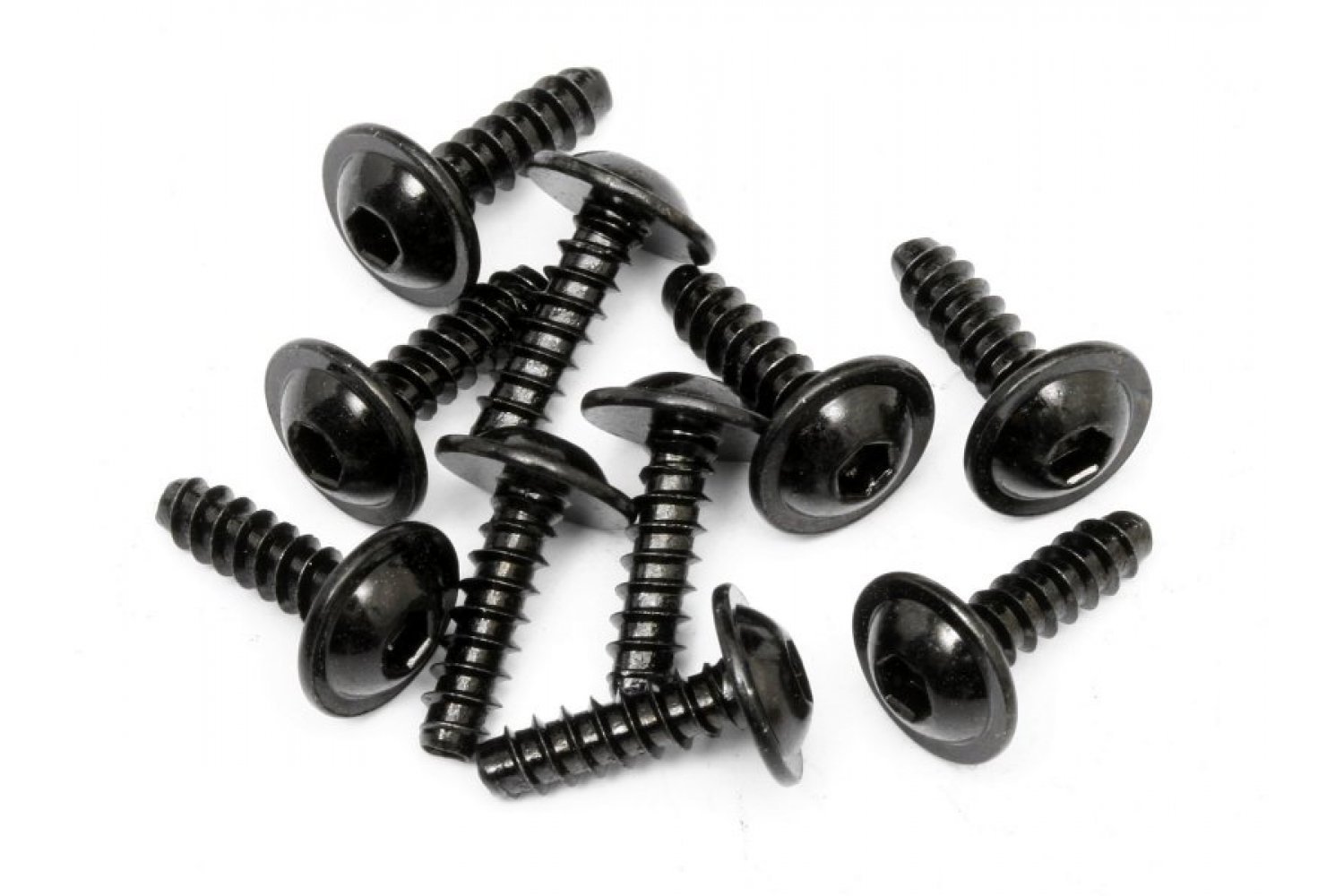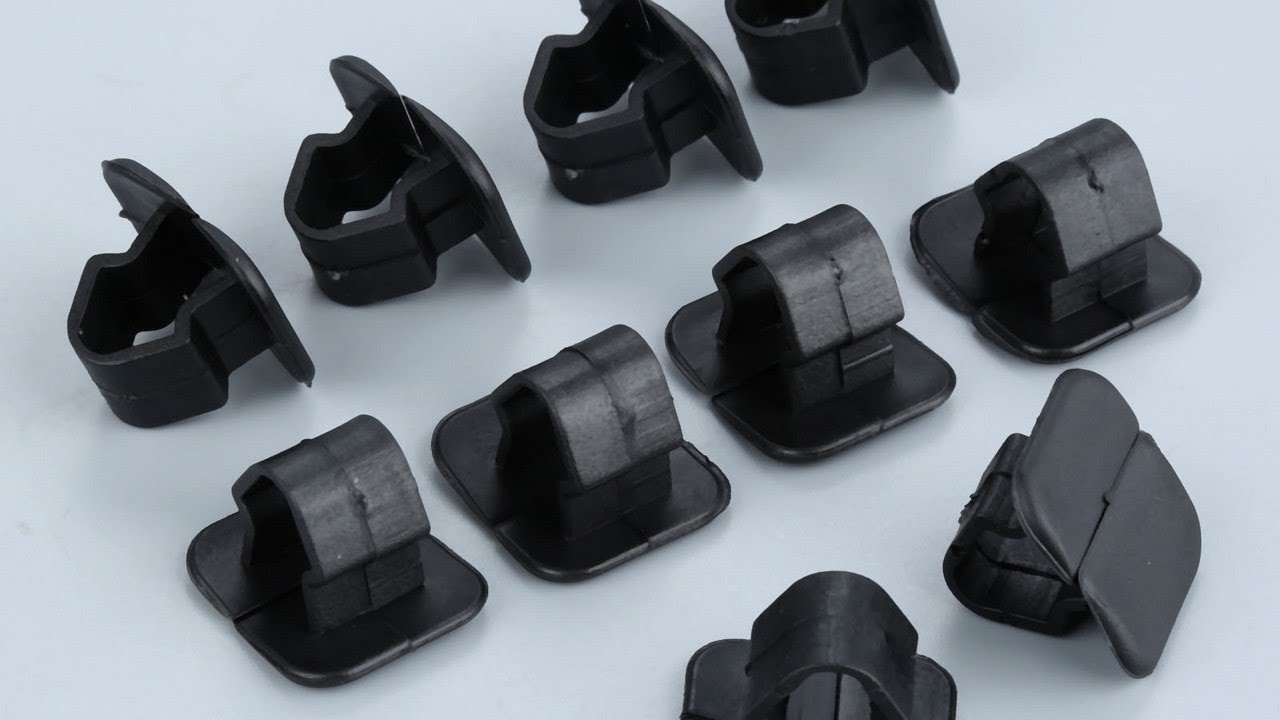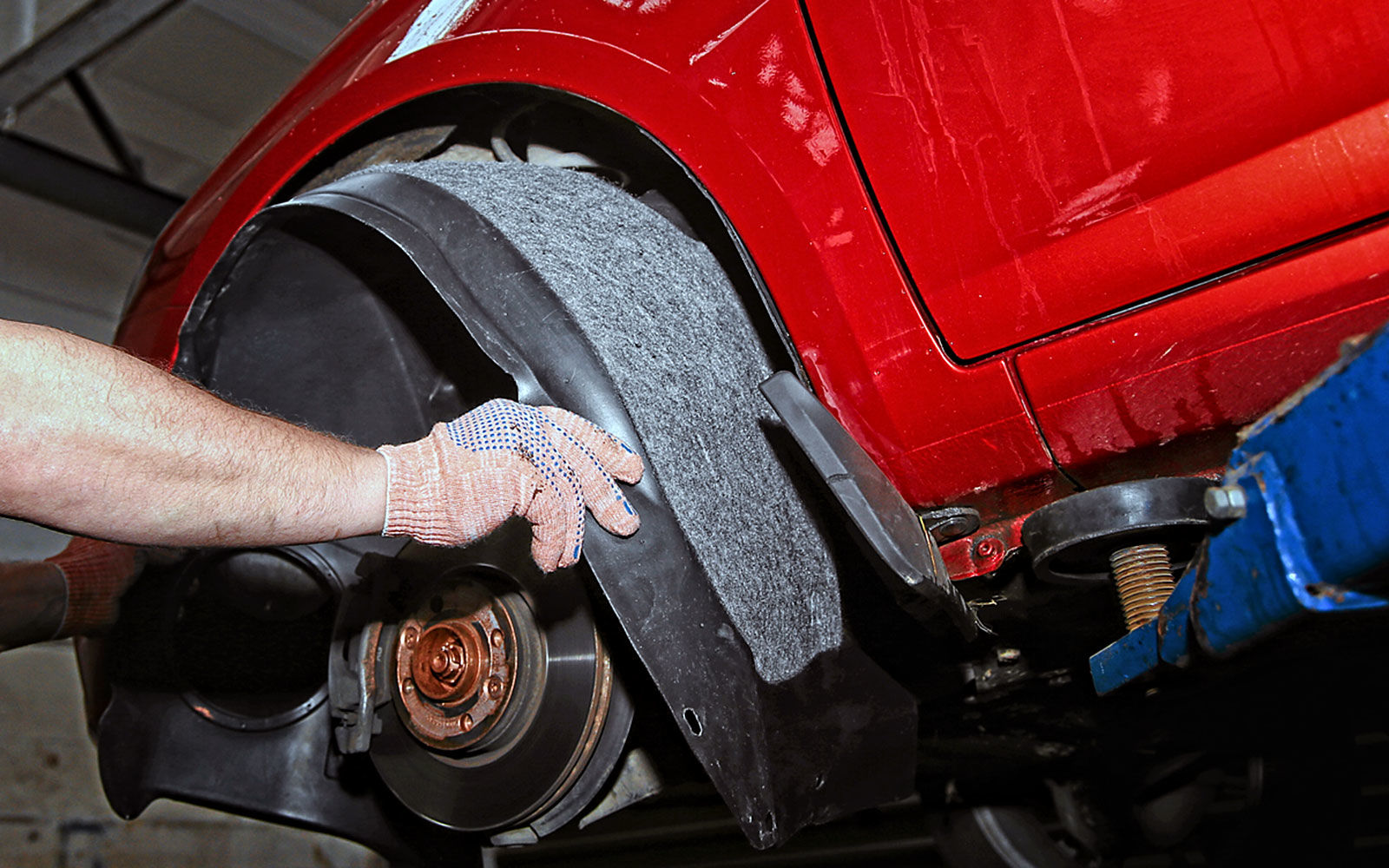
How to install a fender liner: fastening and pre-treatment of a car
Content
Original fenders for a specific car model are poured exactly in the shape of the wheel arch. They can be whole or cut. If a non-original replica is chosen, it is necessary to carefully select plastic elements in shape.
Most Russian automakers continue to put fender liner on a non-standardly small car. Plastic lining cannot provide full protection to the body - wheel arches begin to rust after a year of operation. Plastic elements will help to fully protect the most vulnerable part of the body. When choosing a product, the material of manufacture and the method of fastening are taken into account. Installation of fender liner on a car is carried out at a service station, but protective tuning is easy to do on your own.
What are car fenders for?
While driving, mud, sand, water, gravel flies from under the wheels of the car. Particles hit the wheel arch, gradually destroying the factory galvanized metal. Water, salt, which is sprinkled on the streets in winter, penetrates into the cavities that have appeared - conditions are created for the occurrence of corrosion.

Rear fenders
It takes 12 months for the unprotected wheel arch on the Niva, for example, to begin to rot. For foreign cars with a thick layer of factory galvanization (for example, Volvo models), the period of metal destruction increases to 18 months. The only way to prolong the life cycle of the arch is to use additional protection in the form of anti-corrosion treatment and a protective lining.
Mountings
Fasteners for car fender liner depends on the material of manufacture of the lining and its shape. The most common method is mounting on self-tapping screws and clips, a little less common - on caps and latches. In most cases, the fender liner on the car is attached according to the technology provided by the manufacturer.
Self-tapping screws
Self-tapping screws for car fenders in 80% of cases are used to install a solid canvas. For the installation of plastic protection, 5-7 self-tapping screws are required for fastening along the edge and 1-3 for fixing the part in the depth of the arch.

Self-tapping screws
Choose galvanized self-tapping screws with a standard length of 16 mm with a flat head. They are screwed into the metal of the arch, securely fixing the fender liner. Many drivers rightly believe that mounting on self-tapping screws leads to the rapid formation of corrosion at screwing points. The screw destroys the anticorrosion of the arch - moisture quickly penetrates into the hole.
To prevent this from happening, during installation, the arch is treated with liquid anticorrosive, such as Movil, ML, etc., each self-tapping screw is dipped in pushsalo or Movil.
Pistons
You can fasten the fender liner to the car with the help of caps. In this way, protection is installed on many models of Suzuki, Toyota, Honda SUVs. The piston is made of high-strength ABS plastic, has a length of up to 20 mm. A characteristic feature is the presence of a double fastener skirt, which tightly presses the panel against the wheel arch.

Pistons
Each manufacturer develops its own types of caps for cars for fender liner (fasteners are usually suitable for a particular model). The cost of 1 pc. can reach up to 100 rubles. For example, for Mitsubishi and Toyota models, pistons are supplied under the number 000139882, made of black heat-resistant polymer, 18 mm long. The product has a small skirt and a conical shape of the rod, it is installed in regular holes on the arch.
Latches
Latches, or S-brackets, are used to mount one-piece fender liner made of ABS and fiberglass. This material is highly rigid, its structure does not allow the panel to be tightly fixed around the entire perimeter. During movement, the part must have a minimum room for vibration, otherwise a fracture will follow.

Latches
For this type of fender liner, latches made of high-strength plastic are used. The body does not require drilling - standard holes are enough for installing 2-3 screws that securely fasten the panels along the edges and from above.
Such a non-rigid coupling of the fender liner with the body provides reliable protection of the arch from the penetration of moisture and salt reagents.
Clips
Fasteners for fender liner on a car in the form of a clip are a type of piston fastener. The elements are made of plastic, have a universal size - clips can be used as a substitute for the original piston.

Clips
The disadvantage of the clip is the small length of the tip. When using a non-original fastener, for reliable installation, drivers screw 2-3 self-tapping screws along the outer edge of the panel.
Car fender pre-treatment before installation
Polyethylene fenders are highly durable, resistant to temperature extremes. But the quality of the installation will be leveled, the body will quickly become covered with corrosive plaques if the wheel arch is not pre-treated. Order:
- Wash and dry the inside of the wing thoroughly.
- Clean up possible foci of corrosion, treat with an inhibitor.
- Carry out anti-corrosion treatment of the surface with wax-based anticorrosive agents, liquid compositions with a large amount of zinc.
It may be necessary to apply anticorrosive or antigravel again (depending on the condition of the metal).
Installation manual
Original fenders for a specific car model are poured exactly in the shape of the wheel arch. They can be whole or cut. If a non-original replica is chosen, it is necessary to carefully select plastic elements in shape. Polyethylene wheel arch liners are easily warmed up with a building hair dryer and “adjusted” along the wheel arch. Fiberglass panels have high rigidity - they can break when fitted.

Do-it-yourself fender replacement
You can correctly put the fender liner on the car yourself:
- Jack up the car or place it on a lift. This will facilitate the process of anti-corrosion treatment of the arch and installation.
- Remove wheels.
- Clean the arch, carry out anticorrosive.
- Measure each fender liner, if necessary, heat the plastic with a hairdryer for greater fit accuracy. The tighter the protective panel becomes to the body, the better. The likelihood that the tire will cling to the fender liner with the wheels turned out and the maximum suspension travel is minimal.
- Start installation from the top center part, going down to the bottom of the body.
The manufacturer gives a guarantee for its wheel arch liners up to 8 years. Drivers and mechanics consider this just a number: it is impossible to determine how long the part will last. It all depends on the conditions of movement, time of year, etc. 8 years is the maximum shelf life of a polyethylene and plastic element in a warehouse. This is the only way this figure can be considered.